Dela nyhet
How Much Does It Really Cost to Train and Play Rugby in Stockholm?
Igår, 16:08 0 kommentarer
 Anja works day and night to keep our books balanced and the club afloat. Also pictured Missy the cat.
Anja works day and night to keep our books balanced and the club afloat. Also pictured Missy the cat.
“Wait, what – How much?!”
Hello all, it’s almost that time of year again, time to hit pre-season and suddenly realise that you chonked-up a bit during those festive days these past couple of months. At least that’s me, I know some of you on the other hand look like Greek statues, carved out of the finest marble.
It’s also that time of the year when time to pay our fees has come. Yeah, I know, so, let’s say you’re new you’ve joined Hammarby Rugby, thinking it’s all about the thrill of the tackle, the camaraderie of your teammates, and the occasional post-game pint.
Or you’ve been with us for sometime and wonder, why on earth do I need to pay so much?! Doesn’t the board know how much my protein shakes cost?! Inflation is through the roof! Yet, behind every ruck and maul, there’s a ledger balancing the cost of keeping this beautiful chaos – dressed in green and white, alive.
Spoiler alert: your membership fees only scratch the surface. Let’s break it all down.
Membership Fees: A Fraction of the Action
Let’s start with the obvious—membership fees. This year, we collected 59,300 SEK from our members. Sounds like a lot, right? Except it doesn’t even cover half of what it takes to keep the club running. Think of it this way: your fees are like paying for the bread on a sandwich—important, sure, but there’s still meat, cheese, and maybe even some fancy mustard to budget for.
Of the 59,300 SEK we collect in membership fees, a hefty 22,650 SEK goes straight to Hammarby Alliansförening. Yes, it actually costs us money to call ourselves Hammarby, but the perks, like being able to book Gula Villan for free, make it well worth the investment.
An adult member pays around 3,500 SEK per year in membership fees, but when you factor in licensing, training costs, matches, and even those “free” burgers, the real cost of a player is closer to 8,000 SEK annually. Trust me, the rest of that money doesn’t magically materialise out of thin air and no amount of Greekonomics is going to balance the budget!
Training Costs: Where the Real Money Goes
This past year we collected 272,453 SEK in training fees. But let’s take a look at our biggest expense which is training by far. Renting fields, halls, and lighting costs a hefty expense. 50,630 SEK annually just on hall and field rentals. Add to that the 20,750 SEK in licensing fees that keep you and your teammates registered to play. These are the invisible costs behind every pass, tackle, and ruck - so yes, that extra lap during practice is definitely worth it. But hey, you’re investing in rugby, not leasing a Tesla.
And it’s not just the fields. We’re talking medical supplies, which always need restocking (6,927 SEK) to patch up bruised egos and battered bodies, training camps (2,176 SEK) for honing skills, and regional play costs (10s etc) (16,390 SEK) for taking your game to the next level.
Match Day Costs: Playing Ain’t Free
Match days are where the action happens—and where costs rack up quickly. When it’s time to compete, the expenses keep stacking up. Running 15-a-side rugby sets us back 53,291 SEK this past year, this has been the cheapest 15s campaign ever. With only a single bus ride to Karlstad and no 15s series for our ladies, the price of playing wasn’t nearly as high as the year before. This year, with proposed longer trips, costs might triple. Even 10s, 7s (4,150 SEK)and friendly games (3,829 SEK) cost a crown or two. Altogether, these costs ensure every whistle, kick-off, and try runs as smoothly as possible.
Gear and Merchandise: Look the Part
You can’t play rugby without gear. Jerseys, shorts, socks (the new ones suck), balls - it all adds up. This year, we spent 154,895 SEK on clothing and equipment. That hoodie or contact top you love? It’s not just a fashion statement; it’s part of what keeps the club afloat. And yes, that’s a polite reminder to keep buying merch - it makes a difference!
Socials: Bonding Beyond the Pitch
Rugby isn’t just a sport; it’s a community. From post-match dinners to club events, we spend 11,903 SEK on social activities. Why? Because the connections we build off the field are just as important as the ones we make during a match. Plus, who doesn’t love a good excuse to raise a beer can?
An overview of costs
Men’s Team
This year, the men’s team brought in 174,807 SEK, up from last year’s 137,031 SEK—a significant 27.5% increase in income. This was largely thanks to a phenomenal growth in team members which brought in a significantly higher amount of training fees and additional income sources like fundraising. On the expenses side, the team spent 105,681 SEK, an increase from last year’s 95,076 SEK (11% higher). Despite the rise in costs, the team maintained a healthy surplus, partly due to fewer away matches requiring traveling to away games by bus or train. As stated above, 15s in 2024 was the cheapest it's been in years, with only one away trip to Karlstad down to 53, 291 SEK.
Ladies’ Team
The ladies’ team faced a 33.8% drop in income, earning 68,789 SEK compared to last year’s 103,921 SEK. This decrease was mainly due to the re-organisation of the team with far fewer registered players and fewer sponsorships and fundraising events. However, expenses also dropped dramatically 97,562 SEK to 32,990 SEK (a 66.2% reduction). Key factors for this reduction included not taking part in 15s and fewer large-scale tournaments like 7s and 10s, as well as more cost-efficient management. While the income decreased, the team successfully turned things around by controlling expenses, ending the year with a surplus.
Kids and Youth Teams
The kids and youth teams saw a 4.8% decrease in income, dropping from 189,993 SEK last year to 180,957 SEK this year. Expenses, however, also fell by 9.4%, from 232,171 SEK to 210,222 SEK. Despite the lower costs, significant investments were still made in tournaments and player development, such as 79,007 SEK for Barn- och ungdoms-SM and 45,824 SEK for tours and tournaments.
While the financial gap between income and expenses narrowed compared to last year, the youth program continues to require substantial investment to sustain its high-cost development activities. Yet they’re the only way to sustain and grow our sport for generations to come.
Conclusion: The Bigger Picture
When you add it all up, our total annual costs are over 1.4 million SEK. That’s more than 24 times what we bring in from membership fees. Thankfully, we’re supported by sponsorships, fundraising, and grants, but even those don’t cover everything. Every crown counts, whether it’s from, a sponsorship, a hoodie sale, or a donation.
So next time you step onto the field, remember: you’re part of something much bigger. It takes more than passion to keep this club alive—it takes a whole lot of teamwork, on and off the pitch. We are what makes this club great, let’s keep it that way for generations to come.
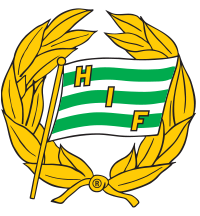







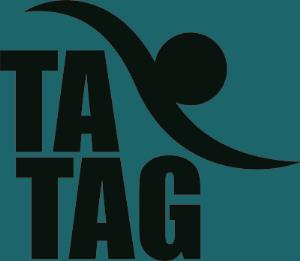

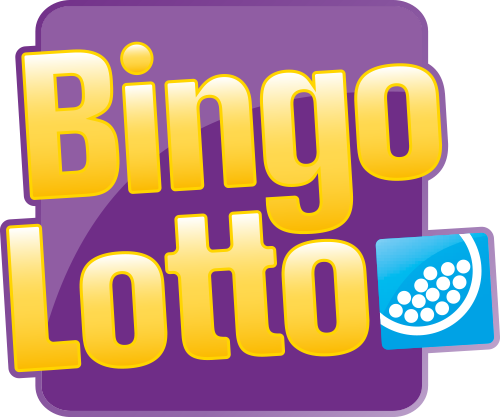





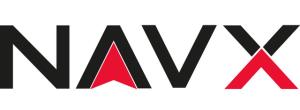
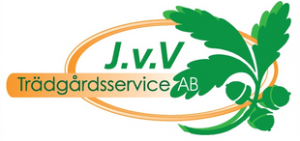

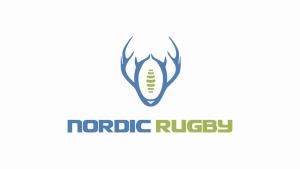

Kommentarer